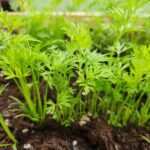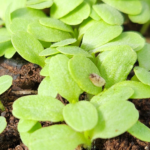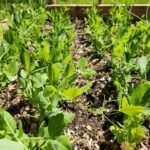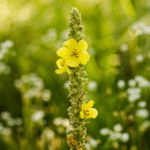Spring is the time of year for dandelions. They are everywhere in abundance. Even if you don’t know their name, you know the recognizable beautiful, yellow ‘weed’ that shows up everywhere all spring long.
This post may contain affiliate links. If you use these links to buy something we may earn a commission. Thanks.
But did you know that you should be thanking the dandelion for being here each season? Dandelions are the biggest, misunderstood plant of the 21st century in my opinion. Let’s go over everything you need to know about dandelions and why you should be thanking them.
What Are Dandelions?
Dandelions are hardy, perennial plants native to Eurasia but now found on nearly every continent. They’re easily recognized by their bright yellow flower heads, jagged green leaves, and puffball seed heads.
Though often dismissed as weeds, dandelions are edible from root to flower and have been used for centuries in herbal medicine and kitchen recipes alike. Dandelions have a rich and full history in folktales, ancient times and herbal magic.
Are Dandelions Edible?
You bet they are! All of the dandelion is beneficial to humans and animals alike. Eat the leaves, eat the flowers and the roots. Feed dandelions to your chickens – they’ll even thank you for it! Always harvest your dandelions from areas free of pesticides, herbicides, or roadside pollutants. Here’s how you can enjoy each part of the plant:
Leaves
- Best harvested in early spring before the plant flowers, when they’re tender and less bitter.
- Use them fresh in salads, wilt them like spinach, or add to soups and sautés.
- Rich in vitamins A, C, and K, plus calcium, iron, and potassium.
Flowers
- Mildly sweet and floral in flavor.
- Use to make dandelion wine, infused honey, jelly, or added to baked goods.
- Toss fresh petals into salads or use them to garnish desserts.
Roots
- Best harvested in fall when they’re plump with stored energy.
- Dry, roast and ground to make a caffeine-free coffee substitute.
- Used in herbal medicine for liver and digestive health.
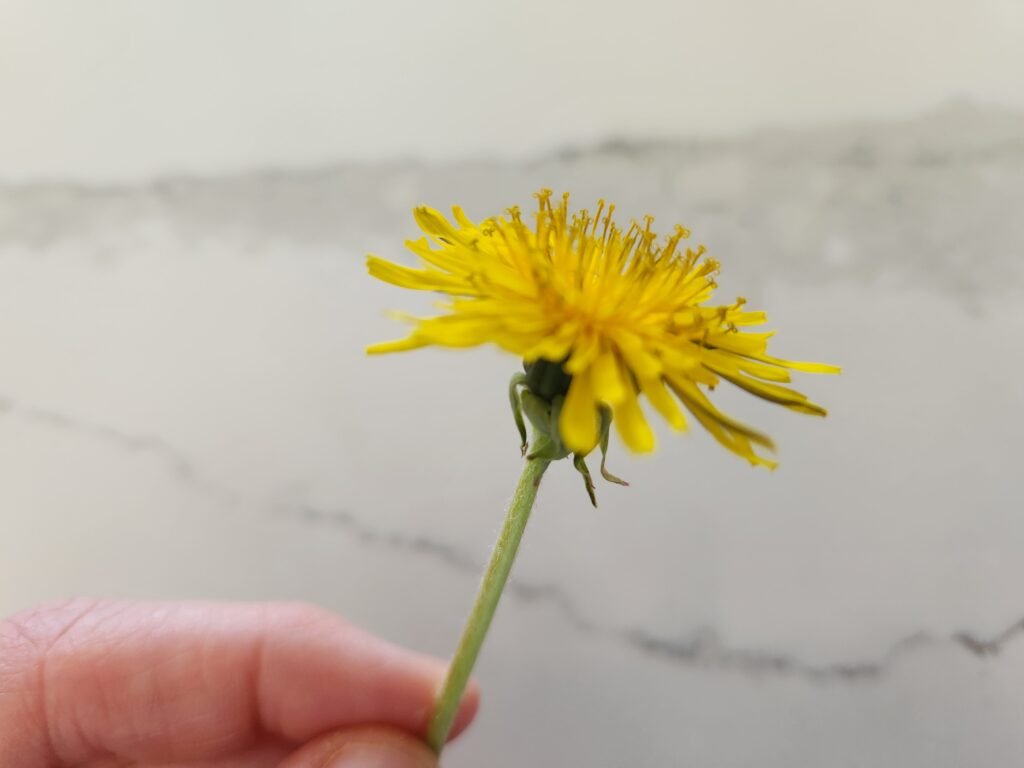
Medicinal Dandelion Benefits
As covered above, there’s lots of ways to eat dandelions, but what’s medicinal about them? Dandelions have been prized in traditional herbal medicine for generations, and modern research is beginning to validate some of their benefits:
- Liver support: Dandelion root is traditionally used as a liver tonic, helping to detoxify and stimulate bile production.
- Digestive aid: Leaves and root can act as mild diuretics and digestive bitters, supporting kidney function and appetite.
- Anti-inflammatory properties: Dandelion contains antioxidants like polyphenols that help fight inflammation.
- Rich in nutrients: The leaves are packed with vitamins A, C, and K — important for immune function, skin health, and bone strength.
- Potential blood sugar support: Early studies suggest dandelion may help regulate blood sugar and cholesterol levels.
If you enjoy making simple herbal remedies, you might also like my guide on how to make a garlic tincture, another powerful plant-based immune supporter.
Nutritional Breakdown of Dandelions
Dandelions are packed with nutrients — more so than many common cultivated vegetables. Here’s a quick look at the health benefits of different parts of the plant:
Leaves:
- Vitamins: Dandelion leaves are a rich source of vitamins A, C, and K, which support immune health, skin health, and bone strength.
- Minerals: High in calcium, iron, and potassium, making them great for bone health and balancing electrolytes.
- Fiber: They also contain dietary fiber, which promotes digestion and overall gut health.
Flowers:
- The flowers are low in calories and contain trace amounts of vitamin C and flavonoids, compounds known for their antioxidant properties. Find out more about edible flowers here.
Roots:
- Dandelion roots are high in inulin, a type of prebiotic fiber that supports healthy gut bacteria.
- They also contain antioxidants like polyphenols, which may help fight inflammation and protect against oxidative stress.

5 Simple Dandelion Remedies & Recipes
This is what I’ve grown (pun intended) to love about gardening, the medical, real life uses of these plants directly from mother earth! Dandelions are perfect for crafting old-school herbal remedies and rustic kitchen recipes. From teas to salves to wildflower jelly, this plant has been treasured in folk medicine for centuries. Here are five simple, wholesome ways to bring dandelions into your kitchen apothecary. Tested and approved by me!
Dandelion-Infused Honey
A delicious way to enjoy the mild floral notes of dandelion flowers while soothing sore throats or dressing up a cup of tea.
You’ll Need:
- 1 cup fresh dandelion petals (no green parts)
- 1 cup raw, local honey
Instructions:
- Gently rinse petals and let them air dry.
- Place petals in a clean jar.
- Pour honey over the petals, stirring to remove air bubbles.
- Seal the jar and let infuse for 1–2 weeks in a sunny windowsill.
- Strain out petals and store the honey in a cool, dark place.
Use this honey infusing as a sore throat remedy, allergy relief, or as a sweet floral spread on biscuits, toast and more!
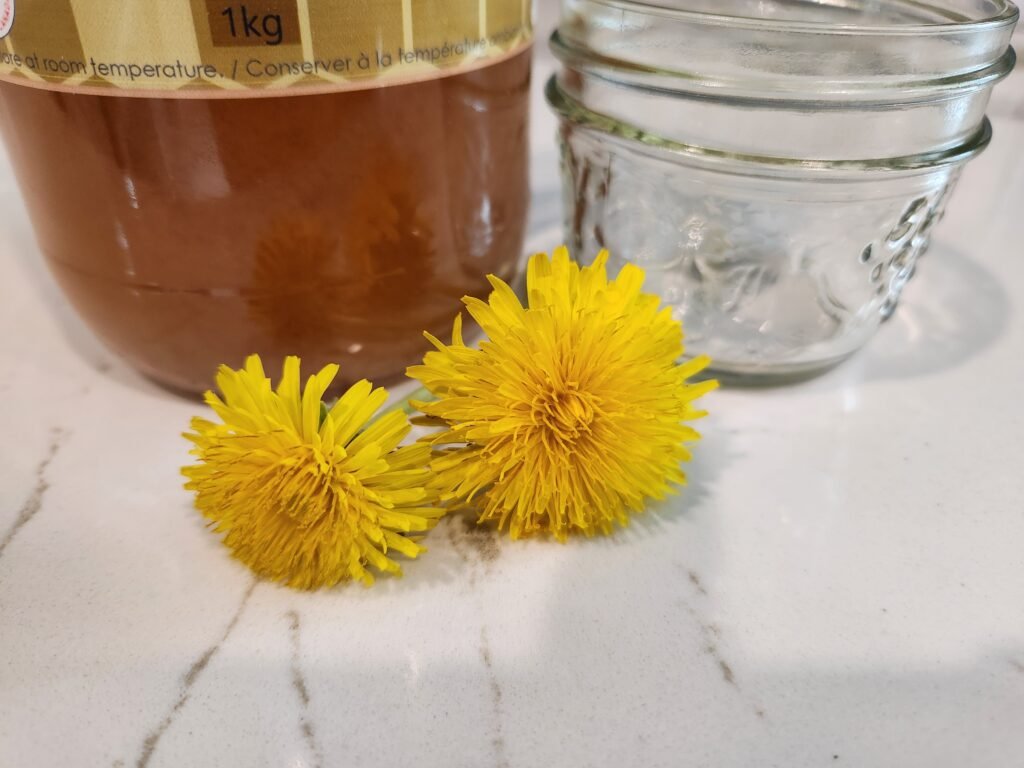
Roasted Dandelion Root Coffee
A caffeine-free, detoxifying herbal brew with a rich, earthy taste. With the price of coffee these days – it’s worth trying out!
You’ll Need:
- Fresh dandelion roots, scrubbed and chopped
Instructions:
- Harvest and thoroughly clean roots.
- Chop into small pieces.
- Roast on a baking sheet at 350°F for 30–40 minutes, stirring occasionally, until dark brown and aromatic.
- Grind roasted roots in a coffee grinder.
- Brew 1 tablespoon per cup of hot water, steeping for 10 minutes.
Use the root decoction for liver support, digestive aid, or as a coffee alternative.
Fresh Dandelion Leaf Salad
A crisp, nutrient-packed spring salad with a slight bitter edge, balanced by bright citrus and radishes – a perfect early season salad!
You’ll Need:
- Young dandelion leaves
- Sliced radishes (growing guide for radishes here.)
- Orange segments
- Olive oil, lemon juice, salt, and pepper
Instructions:
- Toss fresh, clean dandelion greens with sliced radishes and orange segments.
- Drizzle with olive oil and lemon juice.
- Season with salt and pepper to taste.
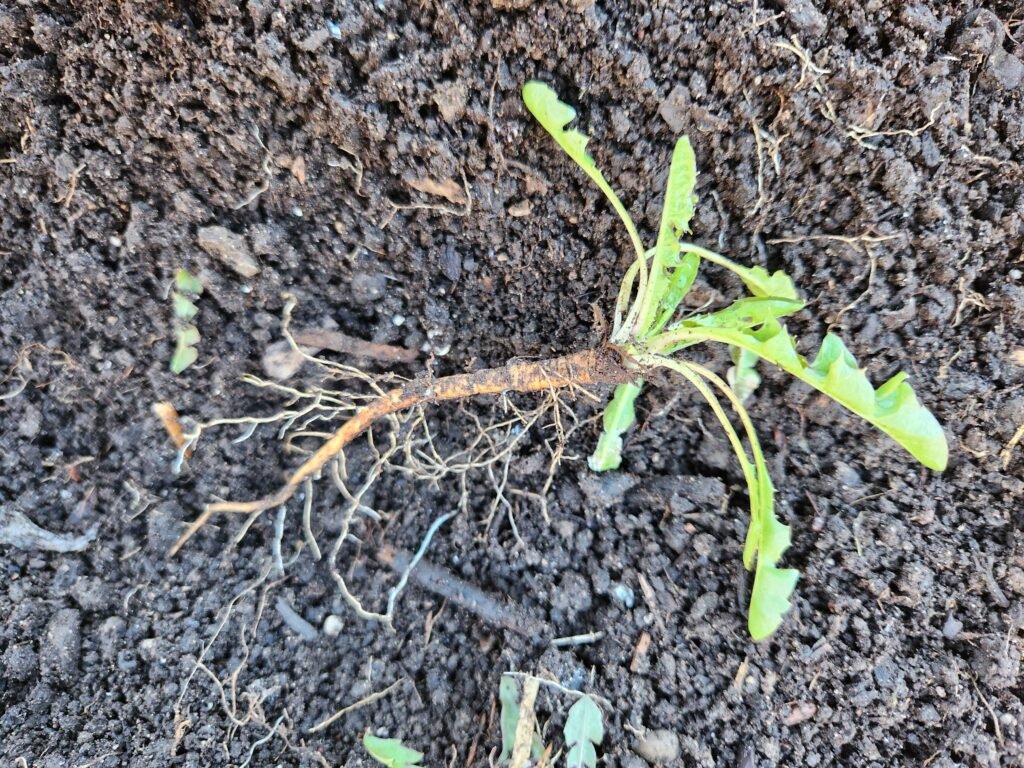
Dandelion Flower Tea
A simple, relaxing floral tea to sip on a sunny afternoon.
You’ll Need:
- 2 tablespoons fresh or 1 tablespoon dried dandelion flowers
- 1 cup hot water
Instructions:
- Steep flowers in hot water for 5–10 minutes.
- Strain and sweeten with dandelion-infused honey if desired.
Use as gentle diuretic effect, relaxation, or to pair with lemon balm and chamomile.
If you love soothing herbal teas, my guide on how to grow chamomile and make your own chamomile tea is another great place to start.
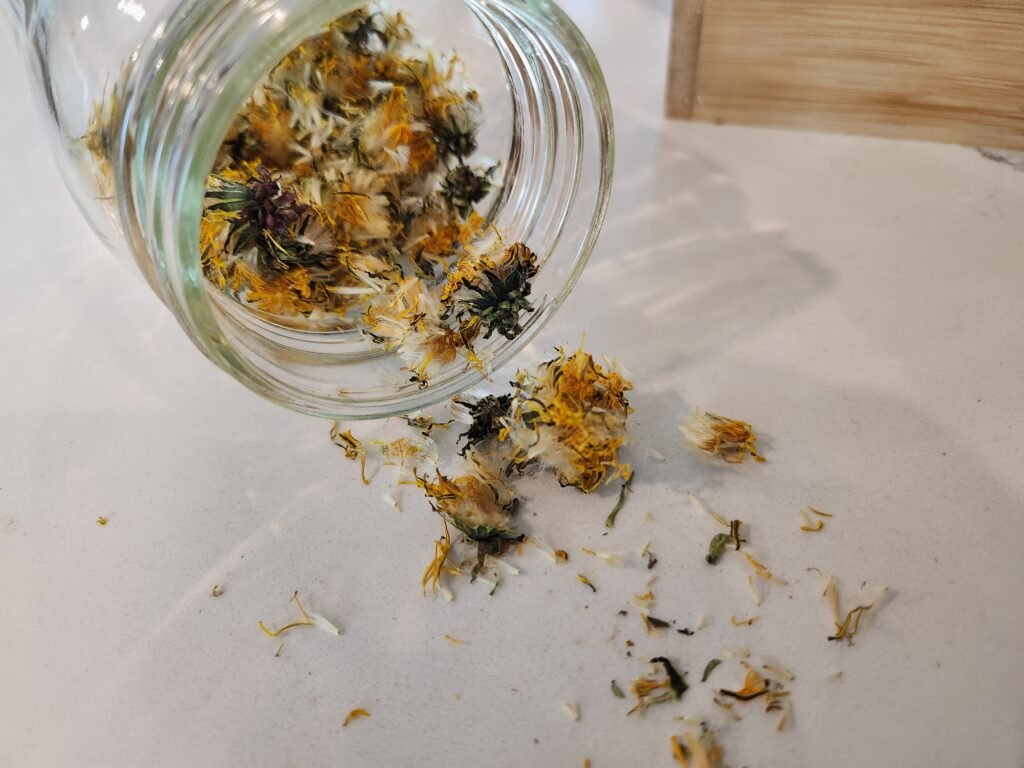
Dandelion Healing Salve
A soothing balm for dry, irritated skin, minor cuts, sore muscles and bug bites. However, be weary when making salves, test out the mix before adding to the jar. If there’s too much beeswax it will be less of a salve and thicker/more difficult to spread.
You’ll Need:
- 1 cup dandelion flowers
- 1 cup olive oil
- 1 ounce beeswax (we use beeswax pellets)
Instructions:
- Infuse dandelion flowers in olive oil by placing both in a jar and letting sit in a sunny spot for 1–2 weeks, or heat gently in a double boiler for 1–2 hours.
- Strain oil and warm it in a pan with beeswax until melted.
- Pour into salve tins or jars and let cool.
Use on dry skin, sore muscles, and as an herbal first-aid salve.
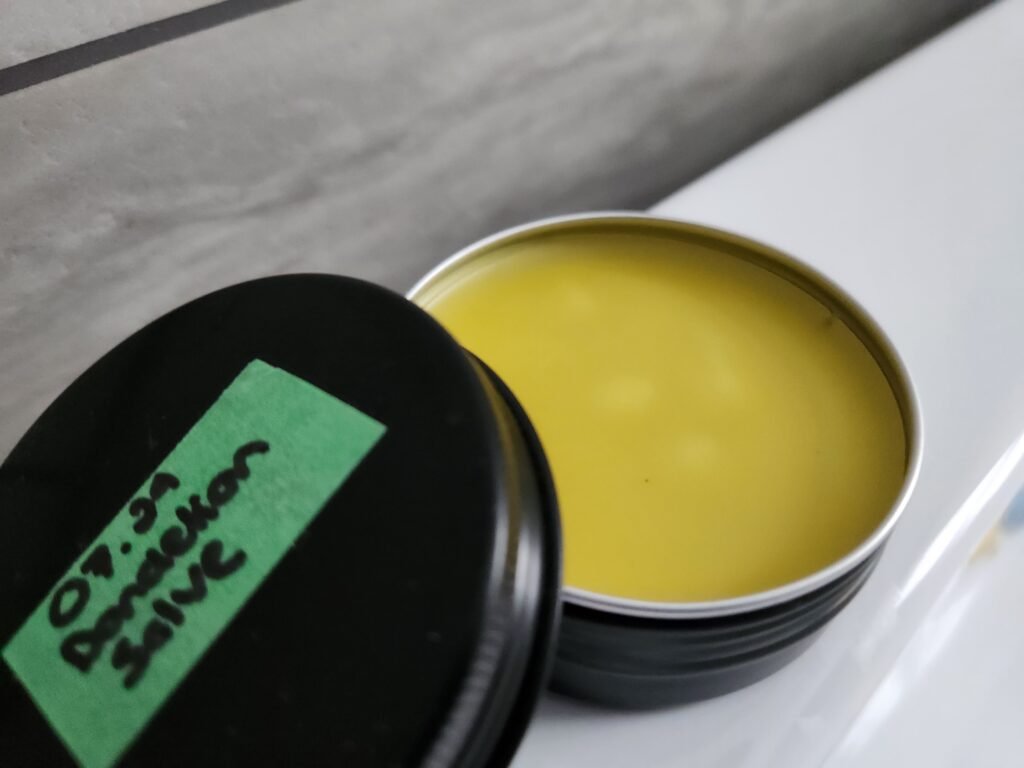
For another easy, homegrown herbal remedy, try my step-by-step guide on how to make a goldenrod tincture, a fall favorite in our herbal apothecary.
Why You Should Thank Dandelions
Dandelions roots run long and deep. They actually loosen up thick, concentrated soil for summer seeds to better germinate. They are helping the nutrients of the soil and making compact soil malleable.
All plants are a part of nature, and I might lose some people here with my hippy-dippiness. But studies have shown that plants do respond to emotions and words and have a sense of feeling vibrations, source here.
I remember as a child hearing about then ‘performing’ the study of positive vs negative stimuli for plants. One plant is given positive and kind words, affirmations, love and classical music and the other is given negative words, bad attitude, and rock music. The study actually proves that it’s the vibrational level that the plants respond to. The frequency it classical music and positive tones of voice that the plants respond to.
Now, whenever I harvest or remove unwanted plants in spots, I thank the plants for their service. I was just pulling dandelions out of my pepper bed in an effort to prep for the spring season and I verbally thanked each dandelion I plucked (and there was a lot). I fed the young plants to my chickens. Afterwards I felt good, thanking nature and feeding my chickens natural foods. It was a circle of life type moment.
When you pull your dandelions or any other plant, thank them for choosing your garden to help. Thank nature for being abundant. Thank the opportunity to be outside in the sun, and the opportunity to grow and tend to a garden, just like you always wanted. I guarantee you will feel better and might even enjoy ‘weed pulling’.
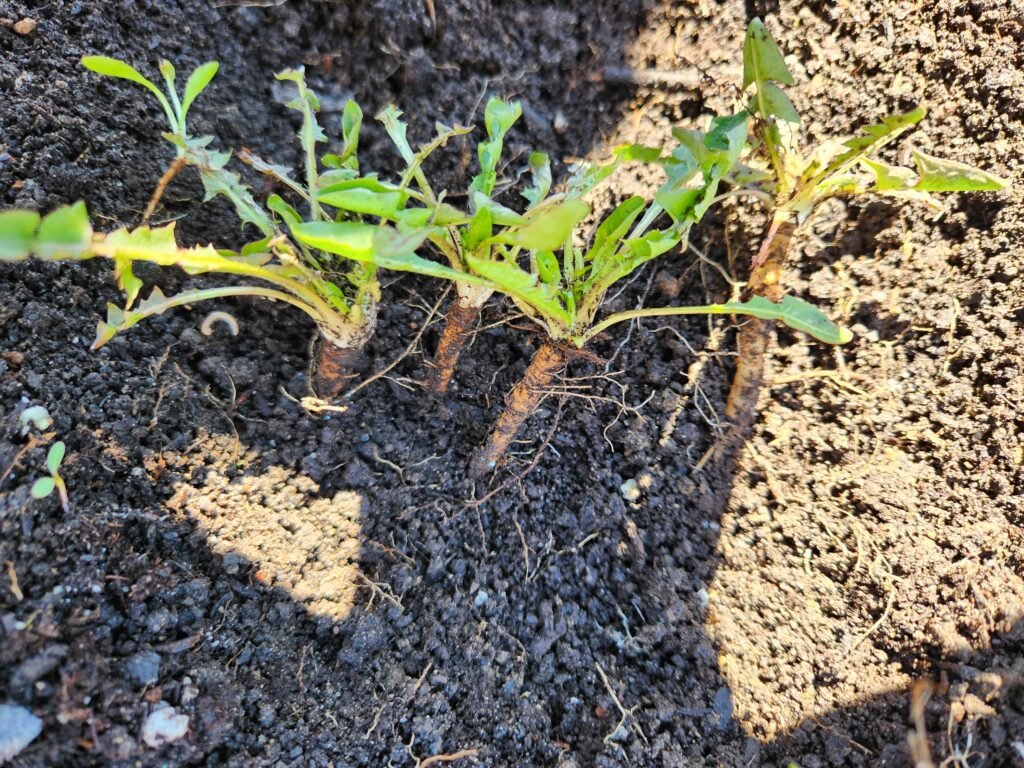
Dandelions in Pollinator Conservation
Seen as invasive weeds, dandelions are (to some – if you’ve read my previous posts you know my feelings on the term invasive), but they are invaluable to pollinators. Especially during the early spring months when few other flowers are blooming.
An Early Source of Nectar
Dandelions bloom in early spring when other flowering plants are scarce. Their bright yellow blooms are rich in nectar, making them a critical early food source for bees, butterflies, and other insects that rely on pollen. Dandelions attract honeybees because their flowers are abundant and easy to access. The flower heads open up in the morning, and the bees can gather both nectar and pollen, helping to kickstart the colony’s productivity. Dandelions also serve as an essential early food source for butterflies, hoverflies, and solitary bees, all of which play a role in supporting healthy ecosystems.
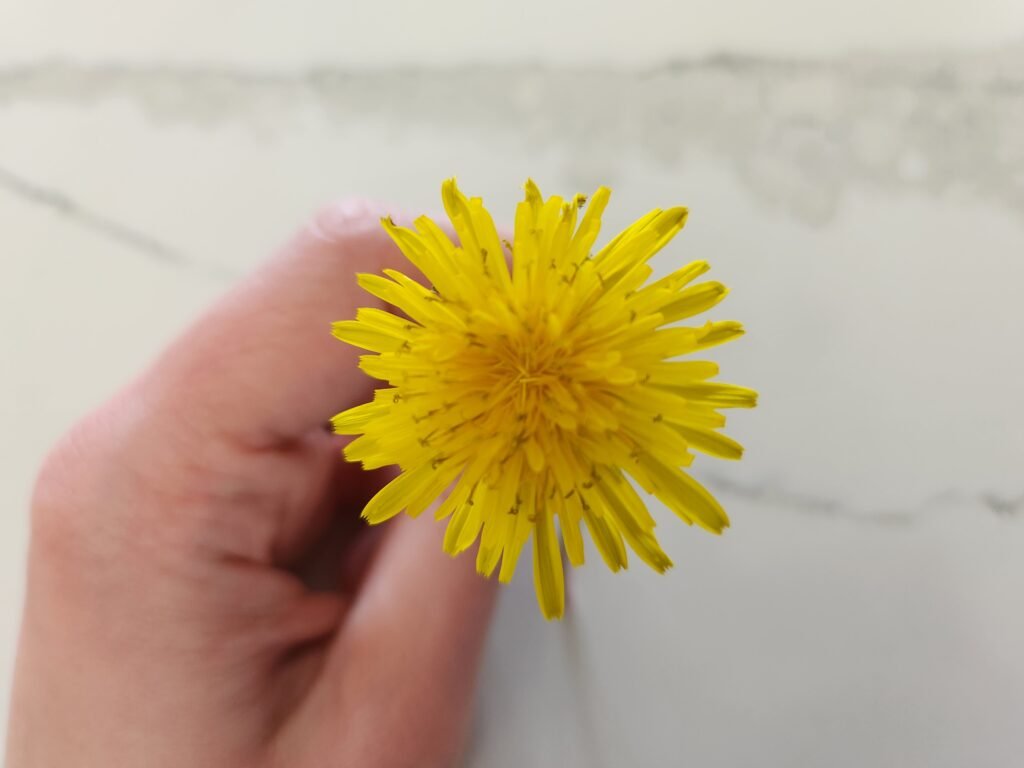
The History and Folklore of Dandelions
Dandelions have long been a symbol of resilience, renewal, and transformation across cultures. Despite often being viewed as a pesky weed today, they’ve held important places in various mythologies and folk traditions.
Ancient and Medieval Uses
In ancient Greece and Rome, dandelions were used in medicinal tonics and remedies. The plant’s reputation as a healing herb was noted by the likes of Hippocrates and Dioscorides, who documented its use for treating liver issues and promoting digestive health. Medieval Europe regarded the dandelion as a powerful herb for both food and medicine. It was believed to help cleanse the body and ward off evil spirits. In Native American cultures, dandelion roots were used as a food source and for medicinal purposes. Some tribes also used the plant in ceremonial rites for its protective and healing properties.
Folklore and Symbolism
- Dandelions and Wishes: The classic image of blowing a dandelion puff and making a wish is a widespread tradition across many cultures. It’s believed that the seeds carry the person’s wishes into the wind, allowing them to be granted.
- Symbol of Hope and Resilience: In Victorian flower language, dandelions were a symbol of desire and a promise of a future together, often used in romantic contexts.
- Protection Against Evil: In some parts of Europe, dandelion leaves were placed in the homes of newborns or hung over doorways to protect the inhabitants from negative energy or witches’ curses.
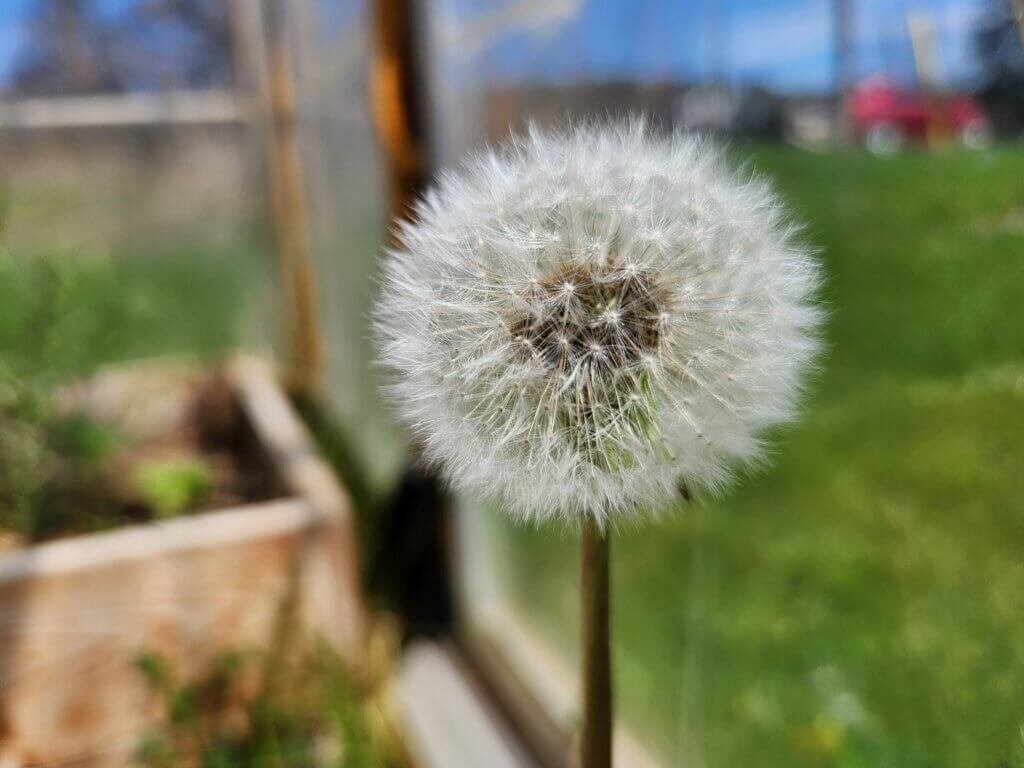
How to Make Dandelion Mead and Dandelion Wine
Dandelions have been used to make homemade beverages for centuries, prized not only for their unique flavors but also for their ability to be used in fermenting recipes.
Dandelion Mead
Mead, often called “honey wine,” is made by fermenting honey with water and yeast. We’ve made our first batch of mead this winter. We are going to add Dandelions to our next batch to add an interesting floral depth to this traditional drink.
Ingredients:
- 2 cups fresh dandelion flowers (petals only, no greens)
- 1 gallon water
- 2 lbs honey (local honey is best)
- 1 lemon (zest and juice)
- 1 packet wine yeast (champagne or mead yeast works well)
Instructions:
- In a large pot, bring the water to a boil, then remove from heat.
- Add the lemon zest and juice, and the dandelion petals, and stir to combine.
- Let the mixture steep for 24 hours, then strain out the petals.
- Pour the liquid back into the pot and add the honey. Stir until fully dissolved.
- Cool the mixture to room temperature and add the yeast.
- Transfer to a sanitized fermentation vessel and cover with a cloth. Allow it to ferment for about 2-3 weeks, stirring daily.
- After fermentation slows down, strain and bottle the mead. You can use any container for this, having a section/snap lid is best mason jars with snap lid. Let it age for at least 6 weeks before tasting.
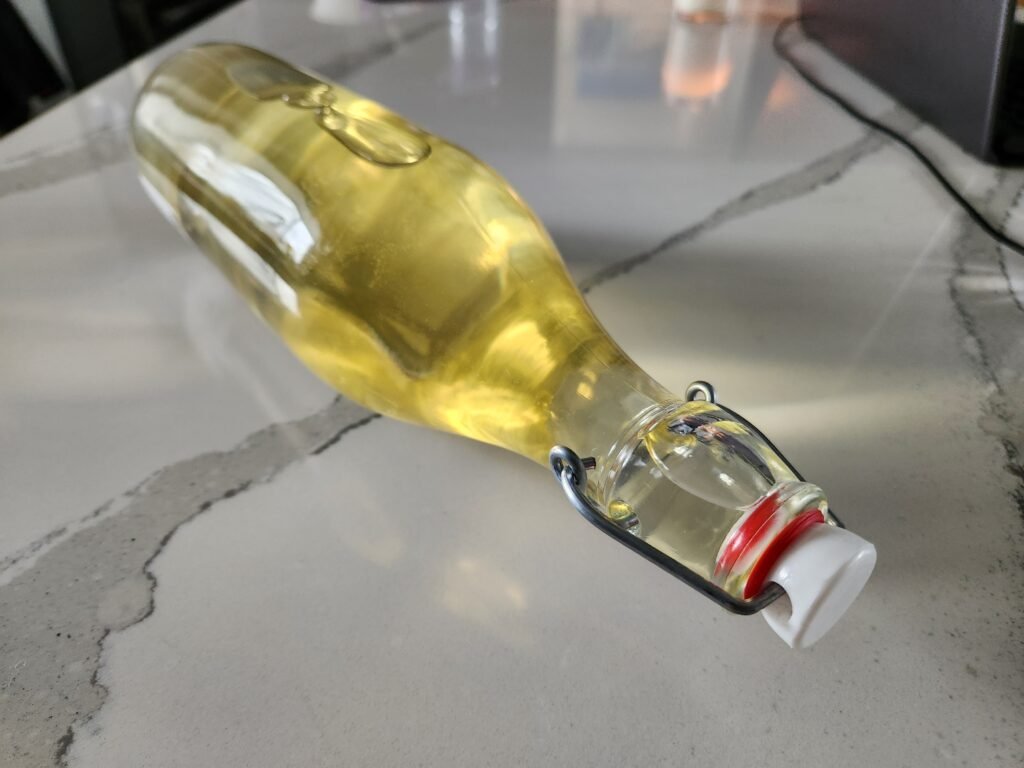
Dandelion Wine
This combination is a classic, sweet, and slightly tart homemade drink. I am beyond excited to make this and try it this season!
Ingredients:
- 2 quarts fresh dandelion flowers (petals only)
- 1 gallon water
- 2 oranges (sliced)
- 1 lemon (sliced)
- 3 lbs sugar
- 1 packet wine yeast
Instructions:
- Rinse the dandelion flowers and remove the petals.
- Bring the water to a boil, then add the flowers, oranges, and lemon slices.
- Let the mixture steep for 2-3 days, stirring occasionally.
- Strain out the flowers and fruit, and return the liquid to the pot.
- Add the sugar to the liquid and stir until dissolved.
- Cool the mixture to room temperature and add the yeast.
- Transfer to a fermentation vessel, cover with a cloth, and ferment for 2-3 weeks.
- Strain the liquid, bottle it, and age for 6 months before consuming.
Dandelions in Herbal Magic
Dandelions have long been associated with protection, wish-making, and spiritual healing in various folk magic traditions, as I covered above. Here’s how you can incorporate dandelions into your own magical practices:
Dandelions as a Magical Herb
- Protection: Dandelions are believed to protect against negative energies and spirits. Hanging dandelion roots or flowers around your home is thought to ward off unwanted energy.
- Wish-making: Blowing on a dandelion puffball is a common tradition for making wishes. In some cultures, it’s believed that the number of seeds left after the puff indicates how many years it will take for the wish to come true.
- Divination and Dreams: Place dandelion petals under your pillow or in a dream pouch to aid in prophetic dreams or divination.
Rituals and Spells
- For protection: Carry a dandelion root in your pocket for personal protection, or burn dried roots to purify your space.
- For wish manifestation: Place dandelion flowers in a wish jar with other items that represent your desires (like a small crystal or piece of paper with a wish written on it). Keep the jar in a place where you’ll see it every day as a reminder of your intention.
Dandelion FAQs
Yes! The leaves, flowers, and even roots can be eaten raw. Leaves are great in salads, while flower petals add a pop of color and mild sweetness.
It has a rich, earthy flavor with hints of bitterness — similar to regular coffee but without the caffeine. Many people enjoy it blended with spices like cinnamon or cardamom.
Absolutely, as long as you harvest from clean areas free of pesticides, herbicides, and road runoff. Avoid public parks or areas where chemical treatments may have been applied.
Final Thoughts
Dandelions are one of the easiest wild plants to turn into home remedies, kitchen treats, and skin-soothing salves. These simple, time-tested recipes offer a gentle way to reconnect with traditional plant wisdom — and make the most of the cheerful yellow blooms dotting your yard.
I hope you enjoyed this article on the spring medicinal plant – dandelion! If you did make sure you check out the other medicinal herbs guides, growing guides, seed saving guides and our recipes. We are growing our website with more articles all the time, and we invite you to grow with us. If you have any questions about dandelions or would like to share some of your knowledge with us please leave a comment below. Happy Gardening!

